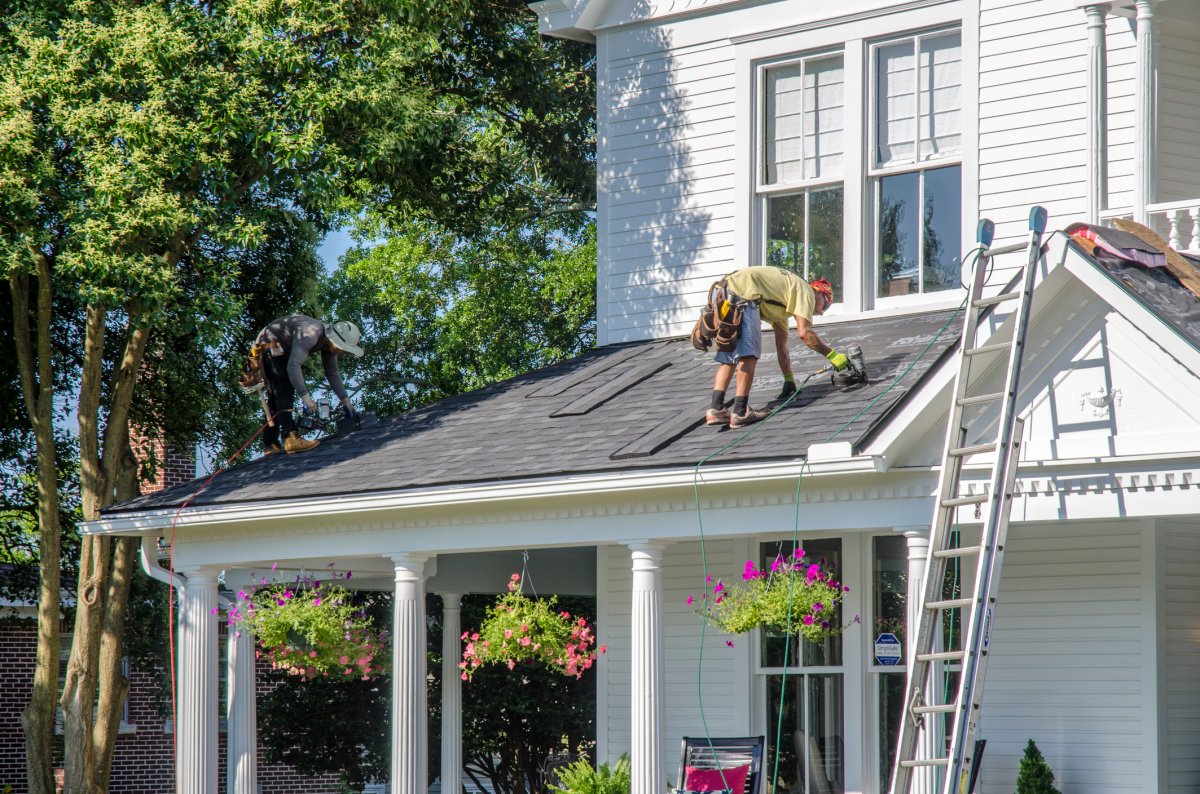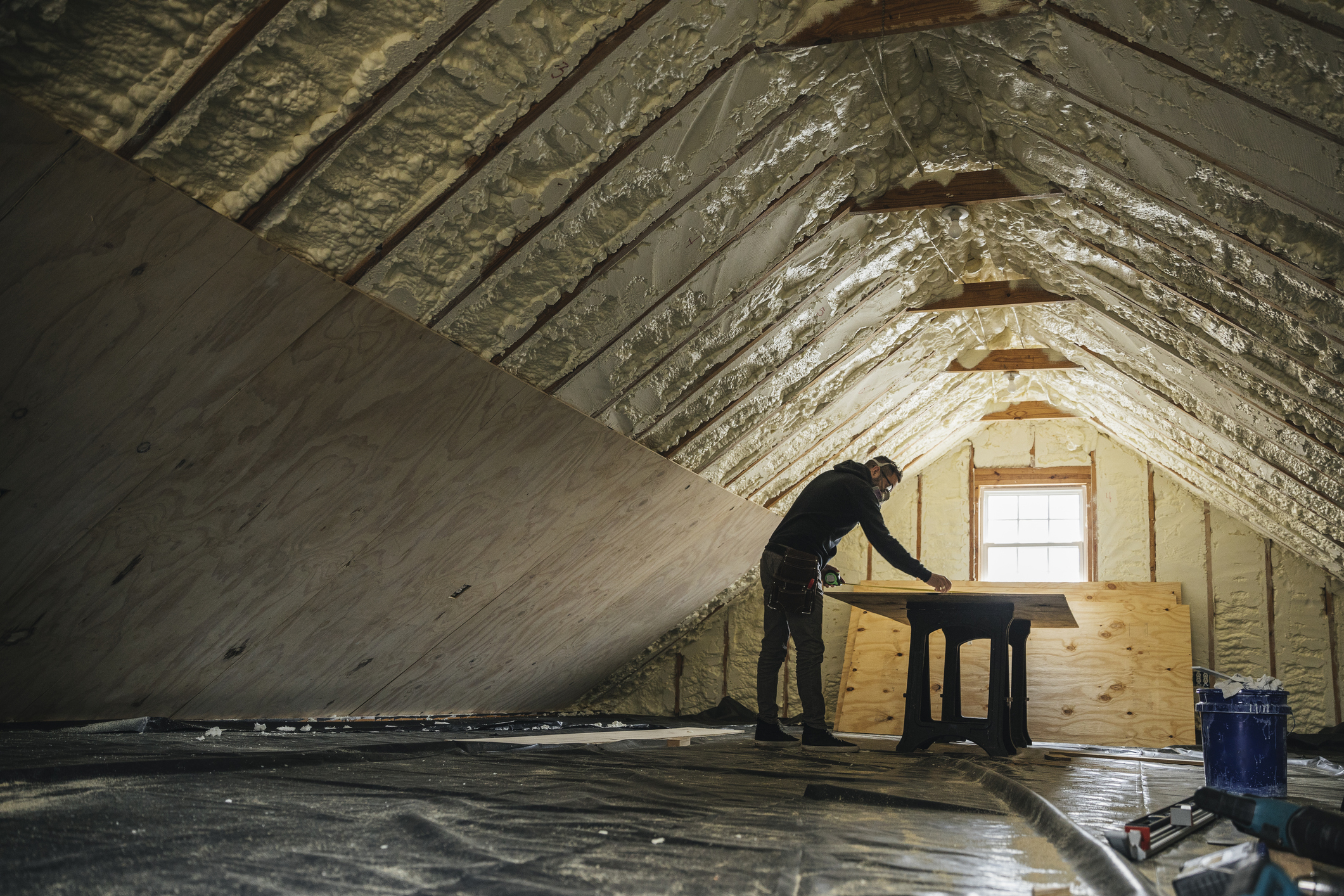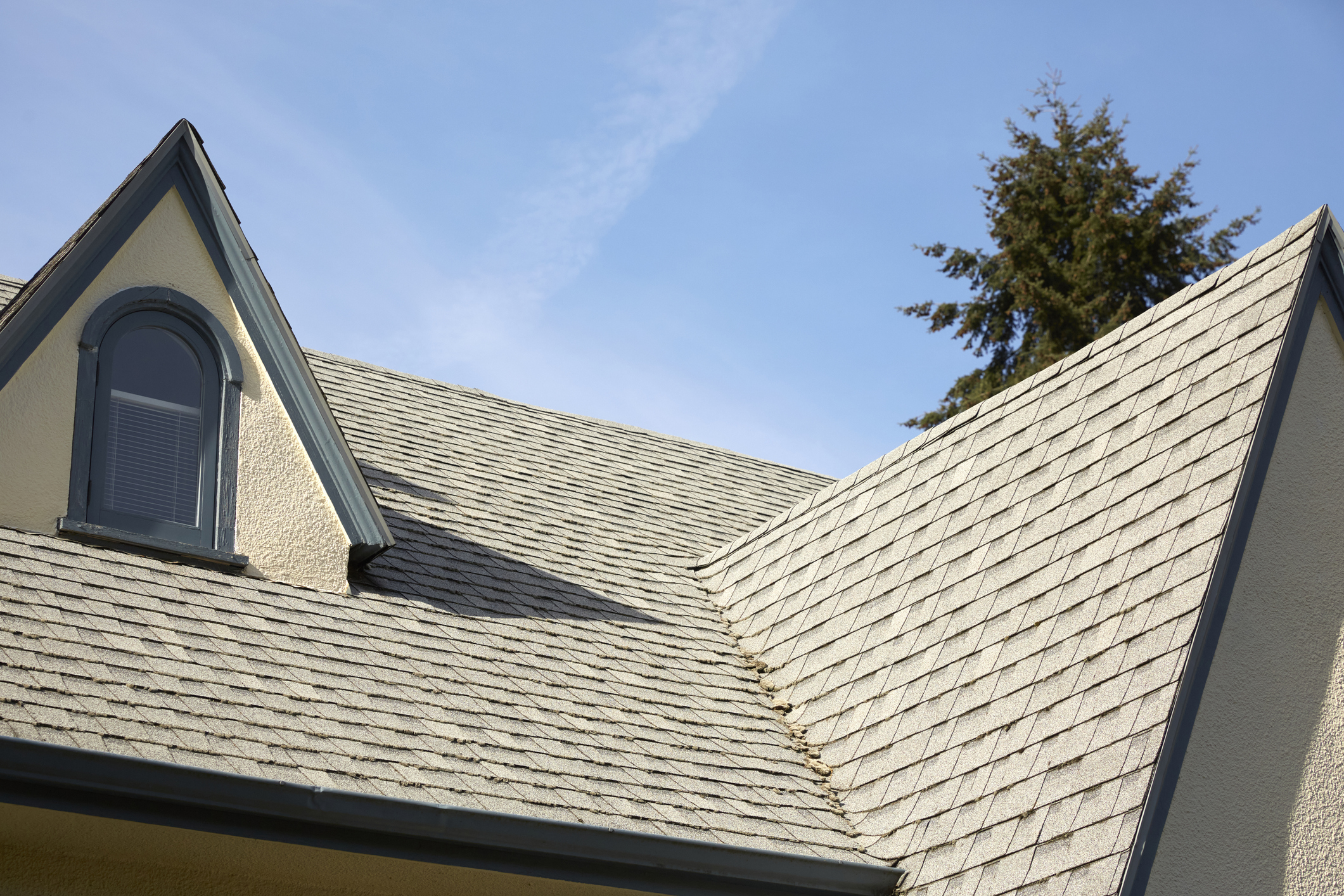

We may earn revenue from the products available on this page and participate in affiliate programs. Learn More ›
Saving energy often translates to saving money, and choosing the right type of roof can make a difference. “A new roof isn’t just a protective shell—it’s a smart energy investment,” says Ahmad Faiz, roofing expert at Achilles Roofing and Exterior in Houston, Texas. He’s seen firsthand how a new roof can dramatically influence a home’s energy efficiency. “Whether you’re upgrading due to age, damage, or just improving performance, there are ways a new roof can make your home more energy efficient.”
Upgrading your roof is one of the top home improvements that can result in the highest ROI this year, so it’s a great time to take the next step. We spoke to several roofing experts to find out the three most effective ways to boost energy and financial savings with an energy-efficient roof. Keep reading to find out what they are and how you can get started.
1. Improved Insulation and Ventilation

One of the best ways a new roof improves energy efficiency is that it typically comes with upgraded and enhanced insulation and ventilation, so much so that these additions might qualify for rebates or tax credits. Optimizing these core factors helps reduce heat transfer between the attic and living spaces, says Faiz. “Especially in a hot and humid climate, this means your HVAC doesn’t have to work overtime to maintain a comfortable indoor temperature. That alone can significantly lower your energy bills year-round,” he says.
Over time, older roofs tend to lose their ability to seal in temperature properly as the materials age and break down. But with a new roof—especially one installed with modern materials and proper underlayment—you’re getting a much tighter barrier against heat loss in the winter and heat gain in the summer, says Josh Riutta, roofer, general contractor, and owner of Mikku and Sons Roofing in Phoenix, Arizona. “Add in a well-designed ventilation system, and now the attic can breathe better too, helping regulate temperatures inside the home,” says Riutta.
2. Roof Color

The color of roof shingles also can play a major role in the energy efficiency of your home, so take note of this when selecting the color of your new roof. Dark shingles might look attractive, but they tend to soak up heat like a sponge. On the other hand, lighter-colored roofing materials designed to stay cool under the sun help reflect a lot of heat away, says Riutta, increasing the home’s energy efficiency for an excellent return on your investment.
A light-colored shingle can actually lower attic temperatures by 20 to 30 degrees on a hot day, says Tyler Hull, professional roofing contractor and founder and owner of Modern Exterior in Waukesha, Wisconsin. He tested this theory on two identical homes with the same square footage and same HVAC system. “The darker roof kept the upstairs 6 degrees hotter, which forced the air conditioner to run longer,” he notes. “The homeowner with the light roof saw a 21 percent dip in their July electric bill compared to the year before when nothing else changed but the shingle,” says Hull.
3. Reflective Material

This third way your roof can affect your energy costs this year is how well it reflects. “Nowadays, there are some amazing roofing materials designed specifically to reflect sunlight rather than absorb it,” explains Riutta. Often referred to as cool roofs, they can include reflective granules or coatings that bounce solar radiation away from the home.
“If you live in a hot climate, using materials like cool asphalt shingles, metal roofing with reflective coatings, or even certain tile options can really reduce the amount of heat that builds up in your attic and upper floors,” says Riutta. With less heat getting in, the air conditioner does not need to run as much to keep your home comfortable. Riutta has seen homeowners cut their summer energy use dramatically just by upgrading to a reflective roof.
Metal roofs are especially becoming more popular as an attractive modern roofing option. Considered a long-lasting investment and way to save energy, they are made of materials like aluminum, steel, copper, or zinc. This type of roof is designed with heat-deflecting coatings that increase solar reflectance up to 90 percent and lowers the surface temperature of the roof, resulting in reducing energy costs by 40 percent or more.
